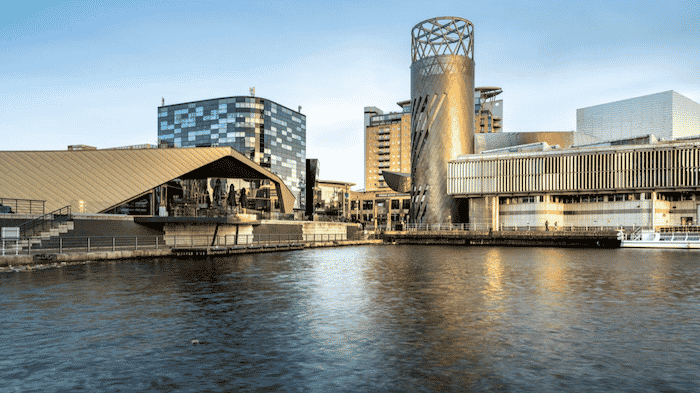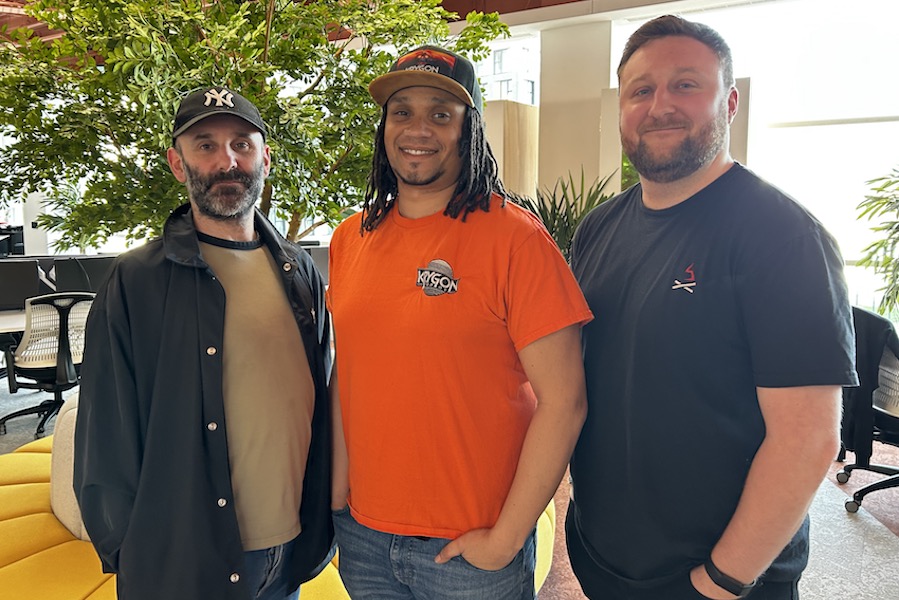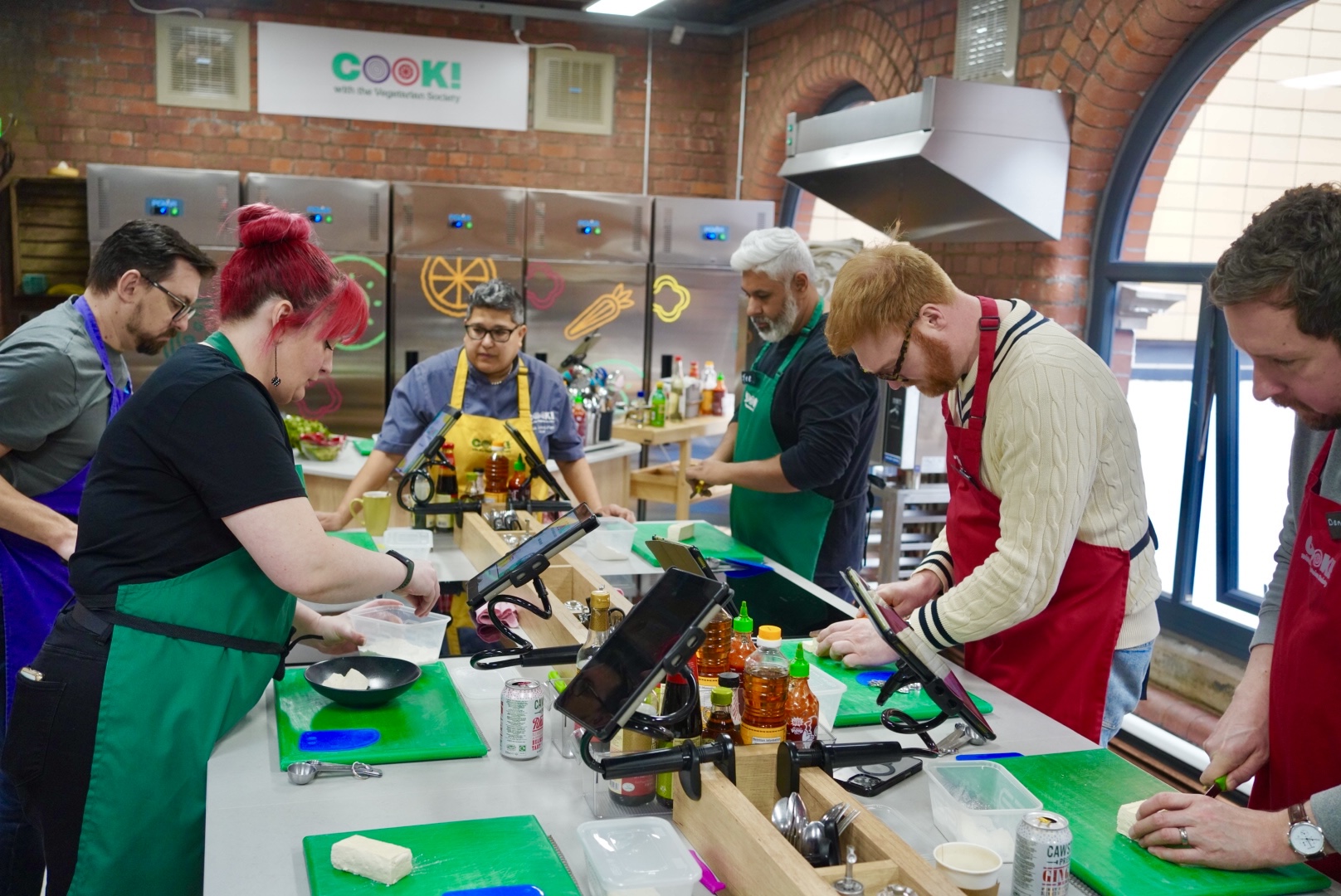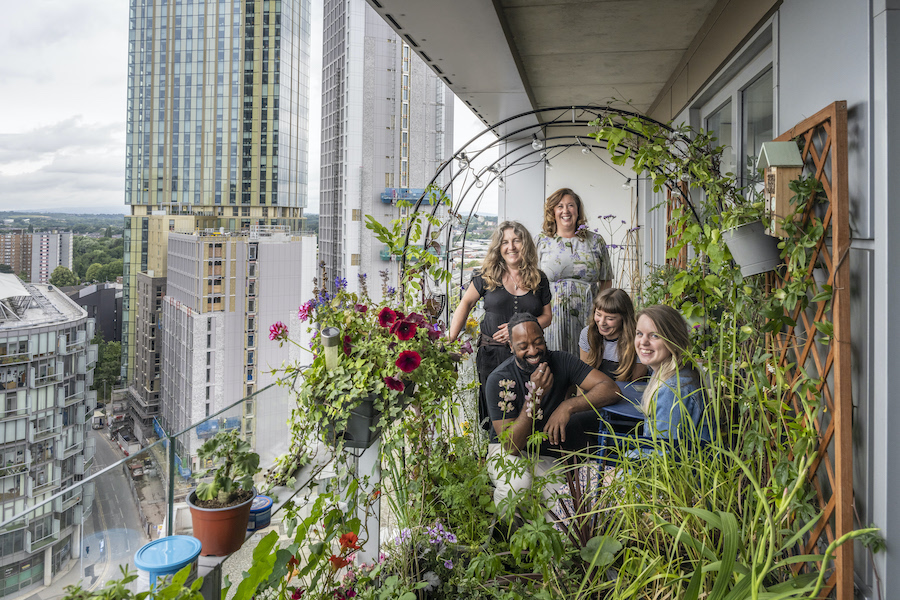King Edward III and the birth of textiles in Manchester
- Written by Ed Glinert
- Last updated 1 year ago
- City of Manchester, Cornerstone, Culture, History

The arrival of immigrants with skills the natives lacked has been a constant theme in the national story.
It might have happened anyway, but the decision by King Edward III to send Flemish cloth workers to Manchester in the year 1363 to boost the local cloth trade was the catalyst which resulted in Manchester eventually becoming the world centre of textile manufacture.
Why Flemish cloth workers? The Queen, Philippa, was from Hainault in what is now Belgium.
In Manchester, wool was the main cloth. During King Edward VI’s reign 1547-1553 an “Act for the making of Woollen cloth” was passed, regulating the size and weight of the product. This was tightened in 1566 when the Act proclaimed how “No person shall sell in Lancashire or carry out of that county any kind of cloths, cottons, friezes or rugs made within that county to be sold, before the owner or maker shall put to the same a seal of lead bearing his mark…”
Manchester was lucky. The cloth industry prospered because of natural phenomena. The damp temperate climate was ideal for treating the material. Yes, regardless of the myths about the rain and cliches about the local weather, Manchester is temperate; it never gets too hot, it never gets too cold. The soft water in the rivers and streams running down from the hills of the north and east into the central area was also ideal for washing the material without spoiling it.
And geographically, Manchester is in the centre of a cluster of towns and villages and so became the main trading centre.
The arrival of the Flemish cloth workers was captured by Ford Madox Brown in his fourth Town Hall mural which fancifully shows the Queen riding into town and stopping at the Market Cross (where the New Cathedral Street entrance to Harvey Nichols is) to examine the textile workers’ wares.
We have no evidence Queen Philippa visited but it is a good story for the murals. We don’t think Edward III came here either but his statue is on the Princess Street side of the building.
But the most remarkable fact about the burgeoning cloth industry was that from the time the royal couple sent in their lowland helpers, there was no technological progress for the next four hundred years. That would soon change.
To find out more about the history of the city through its sites, signs, symbols, statues, settings, join tour guide and author Ed Glinert on one of his New Manchester Walks. More information on the website.
- This article was last updated 1 year ago.
- It was first published on 22 February 2019 and is subject to be updated from time to time. Please refresh or return to see the latest version.
Did we miss something? Let us know: press@ilovemanchester.com
Want to be the first to receive all the latest news stories, what’s on and events from the heart of Manchester? Sign up here.
Manchester is a successful city, but many people suffer. I Love Manchester helps raise awareness and funds to help improve the lives and prospects of people across Greater Manchester – and we can’t do it without your help. So please support us with what you can so we can continue to spread the love. Thank you in advance!
An email you’ll love. Subscribe to our newsletter to get the latest news stories delivered direct to your inbox.
Got a story worth sharing?
What’s the story? We are all ears when it comes to positive news and inspiring stories. You can send story ideas to press@ilovemanchester.com
While we can’t guarantee to publish everything, we will always consider any enquiry or idea that promotes:
- Independent new openings
- Human interest
- Not-for-profit organisations
- Community Interest Companies (CiCs) and projects
- Charities and charitable initiatives
- Affordability and offers saving people over 20%
For anything else, don’t hesitate to get in touch with us about advertorials (from £350+VAT) and advertising opportunities: advertise@ilovemanchester.com

Here’s how you can make your moves matter for dementia awareness

£14.5m cultural and creative hub to ‘mark a new chapter’ for Stockport Town Centre

Now you can own a piece of TV history and support a much loved NHS Charity

Best bars and pubs to watch the football and live sport in Manchester

Discotheque Royale vs Piccadilly 21s: which was your favourite 90s Manchester club?
















